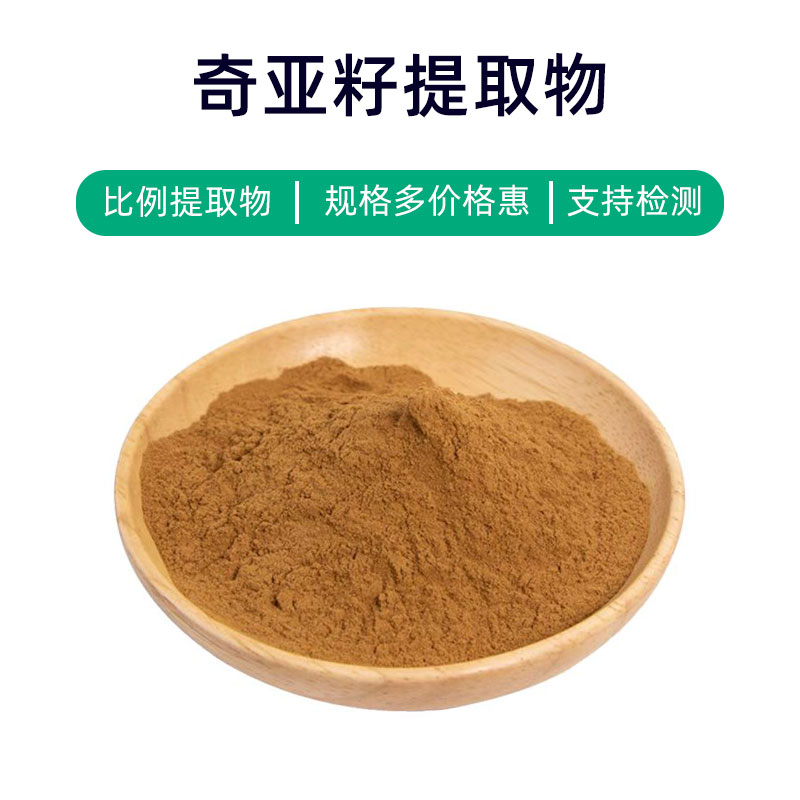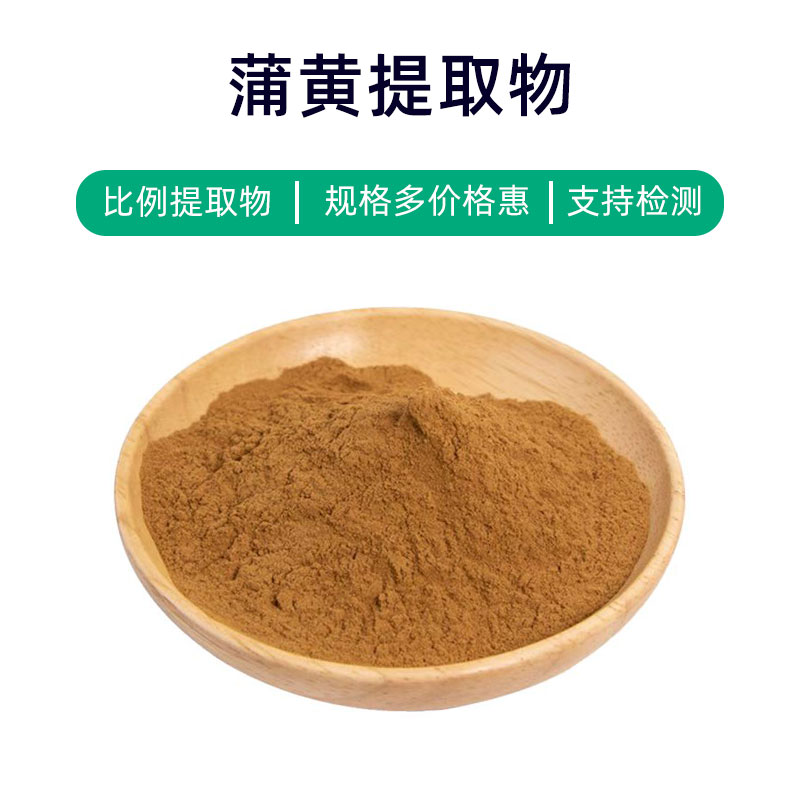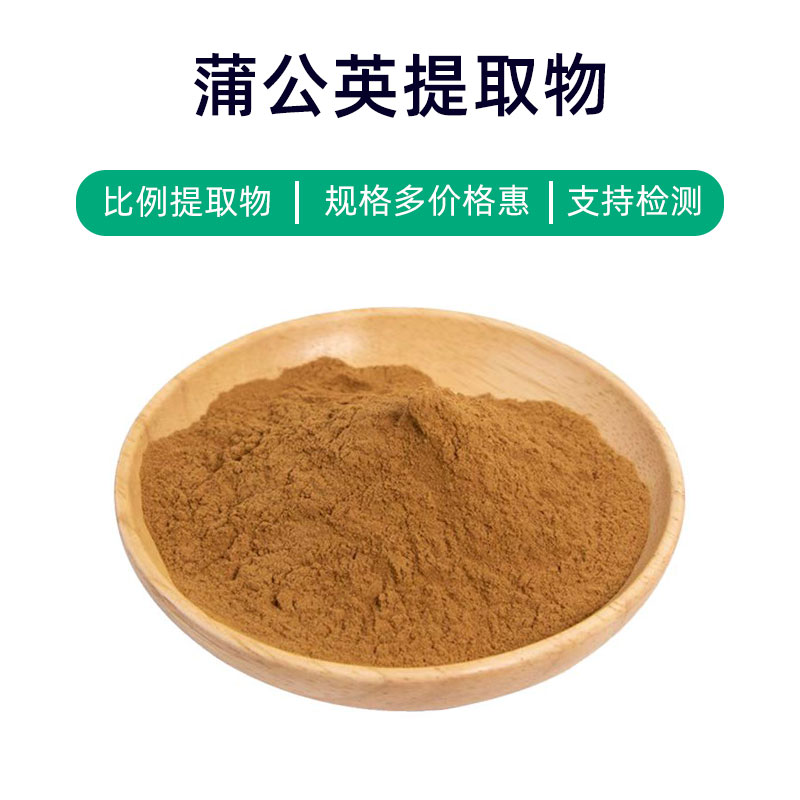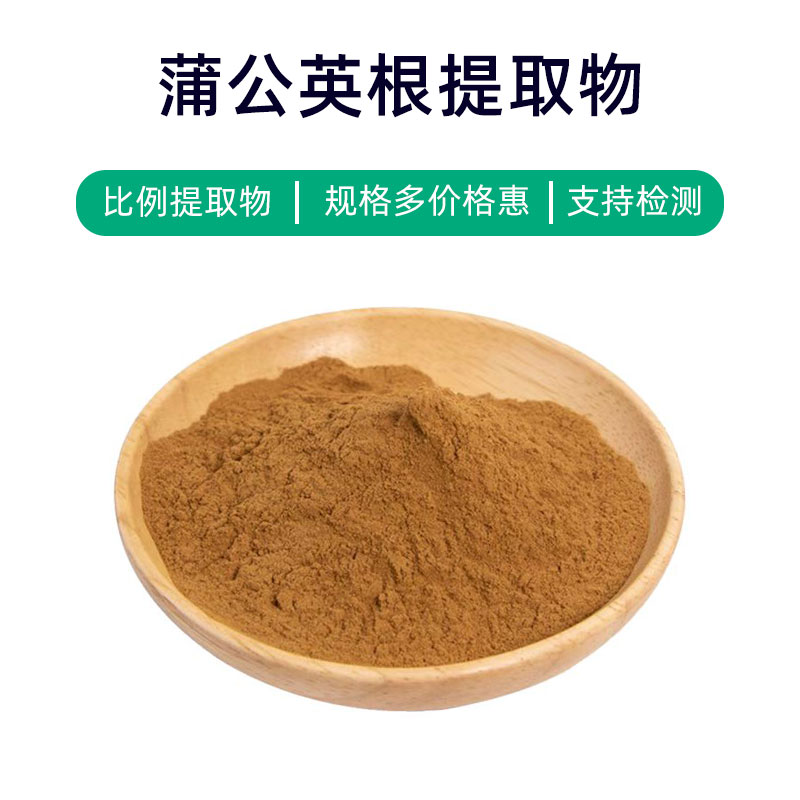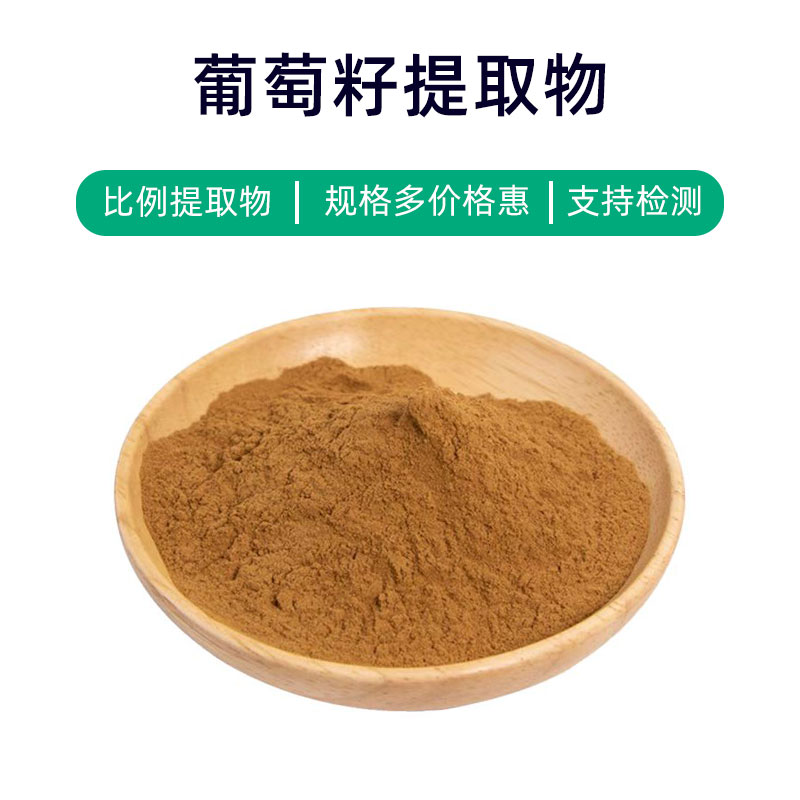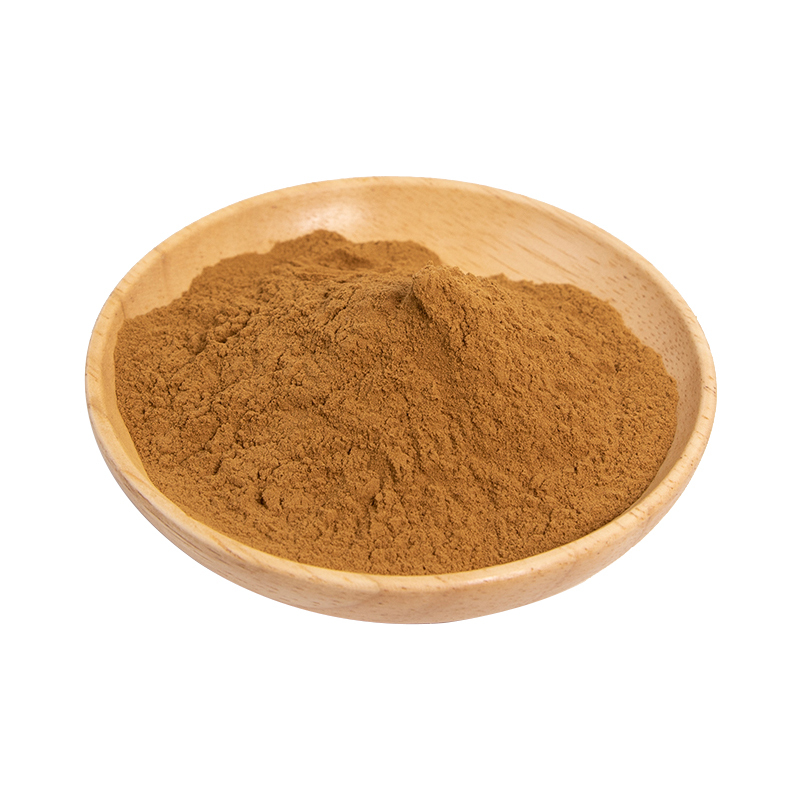Kudzu and Japanese Knotweed Extract Product Introduction
Kudzu and Japanese Knotweed Extract is a plant extract derived from Kudzu (Pueraria lobata) and Japanese Knotweed (Polygonum cuspidatum), primarily composed of rich flavonoids, flavonoid glycosides, and polyphenolic compounds. These components have various health benefits and are widely used in health supplements, pharmaceuticals, and cosmetics.
This extract is commonly used to improve cardiovascular health, with effects in lowering blood lipids, providing antioxidant and anti-inflammatory benefits. It is also believed to help regulate blood sugar levels, alleviate diabetes-related symptoms, and may have an impact on inhibiting tumor cell proliferation. Additionally, Kudzu and Japanese Knotweed Extract is utilized in skincare products to provide antioxidant and anti-aging effects, helping to reduce wrinkles and improve skin tone.
In the pharmaceutical field, Kudzu and Japanese Knotweed Extract is often used as a traditional herbal medicine, formulated into various drugs aimed at regulating blood lipids, managing blood sugar, and enhancing cardiovascular health. In the supplements sector, it is typically found in oral liquids, capsules, or tablets for daily nutritional support. In cosmetics, it is frequently added to skincare and anti-aging products to offer antioxidant and wrinkle-reducing effects.
Overall, Kudzu and Japanese Knotweed Extract is a multifunctional plant extract with various health and beauty benefits, extensively applied in the fields of medicine, health supplements, and cosmetics.
Kudzu and Japanese Knotweed Extract Production Process
The production process for Kudzu and Japanese Knotweed Extract generally includes the following main steps:
- Raw Material Preparation: Fresh Kudzu and Japanese Knotweed plants are collected, washed, and subjected to initial processing to remove impurities and undesired parts.
- Extraction Process: Extraction is a key step in the production process. Typically, methods such as water extraction, ethanol extraction, or supercritical fluid extraction are employed to draw out the active components from Kudzu and Japanese Knotweed.
- Concentration: The extracted solution is concentrated to remove excess solvent and moisture, yielding a more concentrated extract.
- Purification: To enhance the purity and stability of the product, further purification processes such as chromatographic separation or crystallization are often necessary to eliminate impurities and undesired components.
- Drying: The purified extract undergoes drying to convert it into a powdered form, facilitating subsequent processing and usage.
- Packaging: Finally, the dried Kudzu and Japanese Knotweed Extract is packaged into appropriate containers, usually using airtight seals to prevent moisture and light exposure, ensuring product quality and stability.
This describes the common production process for Kudzu and Japanese Knotweed Extract. In practice, minor adjustments and improvements may occur based on product specifications and the manufacturer's technology.
Kudzu and Japanese Knotweed Extract Benefits and Side Effects
Kudzu and Japanese Knotweed Extract is a commonly used natural plant extract with multiple benefits, including:
- Antioxidant Effects: Rich in polyphenolic compounds, this extract exhibits strong antioxidant properties that can neutralize free radicals, reduce oxidative stress on cells, and help slow the aging process.
- Anti-Inflammatory Effects: The active components of this extract can inhibit the onset and progression of inflammation, alleviating symptoms of inflammation-related diseases such as arthritis and intestinal inflammation.
- Immune Modulation: Studies suggest that Kudzu and Japanese Knotweed Extract can enhance immune function, balance the immune system, and improve resistance to infections and diseases.
- Cardiovascular Protection: The active components in the extract benefit the cardiovascular system, helping to lower blood pressure, improve blood circulation, and reduce blood lipids, thus aiding in the prevention of cardiovascular diseases.
- Antibacterial and Antifungal Effects: This extract exhibits inhibitory effects against multiple bacteria and fungi, making it useful for preventing and treating skin infections and oral diseases.
- Antitumor Effects: Some studies indicate that certain compounds in the extract can inhibit specific tumor cells, potentially contributing to cancer prevention and treatment, though further research is needed.
- Endocrine Regulation: The active components of the extract can modulate endocrine system functions, providing some relief for conditions like menopause syndrome and menstrual irregularities in women.
It is important to note that while Kudzu and Japanese Knotweed Extract offers various benefits, caution is advisable, as individual responses and adverse reactions may vary. It is best to consult a physician or professional before use to avoid unnecessary side effects and risks.
Kudzu and Japanese Knotweed Extract Applications and Dosage
Kudzu and Japanese Knotweed Extract has broad applications in medicine, food, and cosmetics. Here are its main applications and recommended dosages:
- Medical Applications:
- Cardiovascular Health: Commonly used as an adjunct treatment for cardiovascular diseases such as hypertension and coronary artery disease. Dosage: Take 10-20 mg orally, 2-3 times a day.
- Immune Modulation: Can be used to boost immunity and prevent infections. Dosage: Take 10-30 mg orally, 2-3 times a day.
- Anti-inflammatory: Suitable for the treatment of rheumatoid arthritis and intestinal inflammation. Dosage: 10-20 mg orally or topically, 2-3 times a day.
- Food Applications:
- Health Supplements: Used as an ingredient in health foods to regulate blood pressure, lower blood lipids, and enhance immunity. Dosage: Follow product instructions, generally recommended daily intake is 10-30 mg.
- Functional Beverages: Adding Kudzu and Japanese Knotweed Extract can create functional drinks that help regulate bodily functions and boost energy.
- Cosmetic Applications:
- Skincare Products: This extract provides antioxidant, anti-inflammatory, and antibacterial benefits, making it suitable for skincare lines aimed at improving skin inflammation and slowing aging. Dosage: As specified in creams, lotions, masks, etc.
- Hair Care Products: Shampoos and conditioners with this extract can improve scalp inflammation, reduce hair loss, and promote hair growth. Dosage: Follow product instructions.
In summary, Kudzu and Japanese Knotweed Extract is primarily used in medicine for cardiovascular and immune treatments, generally administered orally or topically; in the food sector, it serves as an ingredient in health supplements or functional drinks, with a recommended intake of 10-30 mg; and in the cosmetics industry, it's used in skincare and hair care products, with usage according to product guidelines. Follow product instructions, and discontinue use and consult a doctor if any discomfort arises.
Introduction to the Source Plant of Kudzu and Japanese Knotweed Extract, Distribution, and Growth Environment
The source plant for Kudzu and Japanese Knotweed Extract is Kudzu, also known as Pueraria lobata (Willd.) Ohwi, belonging to the legume family. Here’s an overview of Kudzu's source, distribution, and growth environment:
- Plant Overview:
- Kudzu is a perennial climbing herbaceous plant with long, slender stems that grow in a sprawling manner. It has a robust root system, brown in color, and holds significant medicinal value.
- The leaves and stems of Kudzu have various benefits for the heart, liver, spleen, stomach, and lungs and are widely used in traditional Chinese medicine.
- Distribution:
- Kudzu is native to China and primarily found in regions along and south of the Yangtze River, including Hubei, Anhui, Jiangsu, Zhejiang, and Sichuan.
- Additionally, Kudzu is distributed in Japan, South Korea, and Southeast Asia, but its primary distribution remains in China.
- Growth Environment:
- Kudzu prefers warm and humid environments, with an ideal growth temperature of 15-25°C and annual rainfall ranging from 800-2000 mm.
- It typically grows in fields, along mountain slopes, stream banks, and forest edges, favoring sunny locations and requiring well-drained, loose soil.
- Cultivation Methods:
- Kudzu can be propagated through seeding or division, with division being a common method that ensures genetic stability.
- During cultivation, care should be taken to water and fertilize timely, as well as regular weeding and soil aeration to promote plant growth and root development.
- Wild Resource Protection:
- Given Kudzu's high medicinal value, careful harvesting practices must be observed during wild resource utilization to protect wild populations.
- Strengthening research on artificial cultivation of Kudzu to improve cultivation technology is also a key measure for protecting wild resources.
The source plant for Kudzu and Japanese Knotweed Extract thrives in warm and humid regions of China and its neighboring areas, representing an important medicinal plant resource.
Processing and Storage of Kudzu and Japanese Knotweed Extract
The processing and storage of Kudzu and Japanese Knotweed Extract are crucial, briefly summarized as follows:
- Processing Methods:
- The processing of Kudzu and Japanese Knotweed Extract typically employs modern technological methods such as supercritical fluid extraction or ethanol extraction to retain its effective components.
- Attention must be paid to parameters like temperature, time, and pressure during processing to ensure the quality and stability of the extract.
- Storage Methods:
- The extract should be stored in a cool, dry, well-ventilated environment, away from direct sunlight and humidity.
- Use opaque, airtight containers to prevent oxygen and moisture ingress, preventing the extract from oxidizing or deteriorating.
- Storage Conditions:
- Optimal storage temperatures are typically between 15-25°C, with relative humidity controlled between 50-60%.
- Avoid contact with toxic substances to prevent cross-contamination.
- Shelf Life:
- The shelf life of Kudzu and Japanese Knotweed Extract can vary based on production processes and storage conditions, potentially lasting several years to decades.
- Periodic checks of the extract’s appearance, odor, and physicochemical indicators should be performed within its shelf life to ensure quality stability.
- Cautions:
- Before use, check the extract's appearance and quality; discontinue use if any abnormalities are found.
- Avoid exposing the extract to high temperatures, high humidity, or direct sunlight to preserve its quality and efficacy.
Proper processing and storage methods help ensure the quality and stability of Kudzu and Japanese Knotweed Extract, extend its effective usage period, and maintain its medicinal value and safety.
Monica Sun is a seasoned expert in the plant extraction industry with over a decade of experience in research and production. She specializes in the extraction and purification of plant active ingredients, focusing on driving innovation in natural product applications. Monica has participated in the development of multiple functional plant extracts, delivering high-value natural raw material solutions for the health food, pharmaceutical, and dietary supplement sectors.









